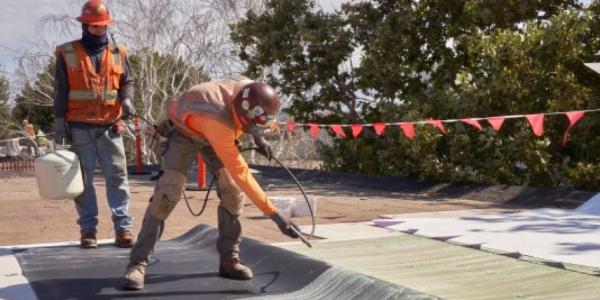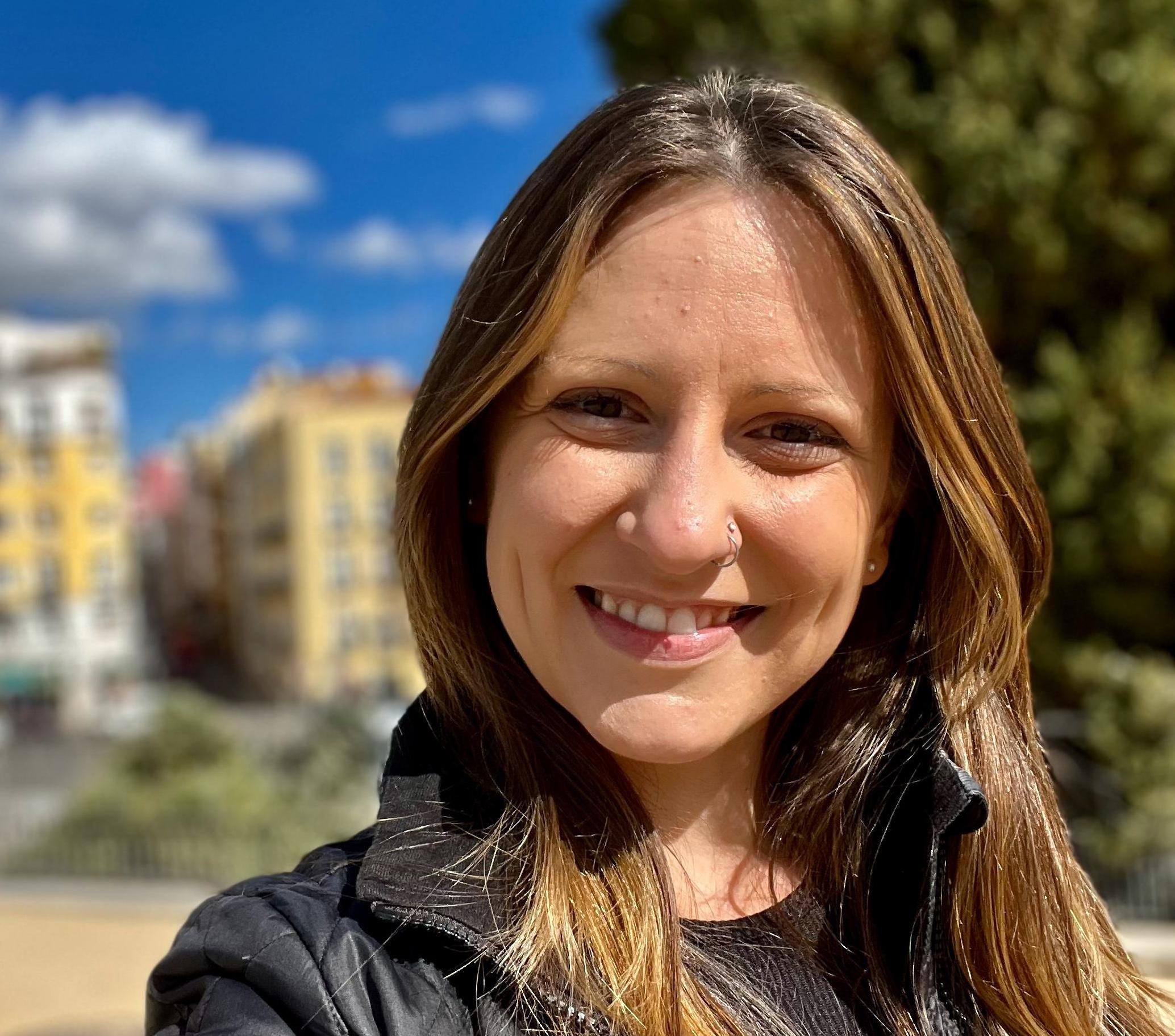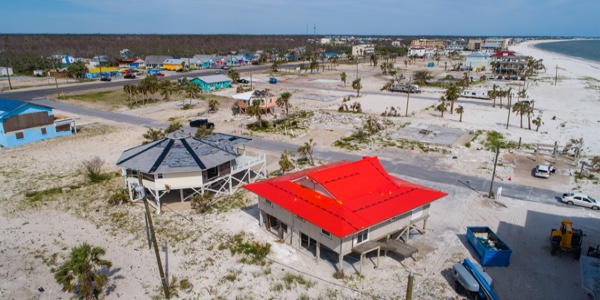How cover boards enhance roofing performance and longevity

By Dani Sheehan.
Installing cover boards not only improves resilience but also extends the life of the roof. Discover how gypsum cover boards protect building systems from fire and impact damage, and other threats.
Cover boards play an important role in improving the overall performance and resilience of a building system. USG Securock® Technical Sales Manager, Bart Kozminski, shared in a recent interview how gypsum-based cover boards not only provide a thermal and fire barrier but also extend the life of the roofing system.
A typical low-slope commercial roofing system is constructed in layers. Bart explained, “In a typical commercial low-slope roof system, first you have the roof decking, which provides a structural base for the roof. Then you have insulation on top of the decking, which improves the thermal efficiency of the system.”
There are two different placements for cover boards in a roofing system, each providing vital protection to the building: beneath the insulation, where they act as a thermal barrier, or above the insulation, where they add durability and impact resistance.
Bart highlighted how gypsum’s unique properties make it an ideal choice for fire protection: “Gypsum has this very cool ability that it performs well in fire. It consists of 21% crystallized water, so when a fire heats the gypsum, it evaporates some of that water. You can think of it as a built-in fire extinguisher.”
When placed under the insulation, the cover board acts as thermal barrier, protecting insulation and decking from interior fires. Bart explained, “If a fire starts inside a building, the gypsum cover board prevents the insulation from catching fire, offering an additional layer of safety.” Cover boards also help protect the roof from exterior fires, such as those that might spread from neighboring buildings. As Bart mentioned, “It’s very possible that a fire could spread to neighboring buildings, and without a cover board, the insulation could catch fire and compromise the entire building envelope.”
Installing a cover board can also increase the durability of roof systems in areas prone to severe weather events. Hail, wind-borne debris and even foot traffic on rooftops can cause significant damage to the roof membrane if it isn’t adequately protected. “In areas with severe hail, if the insulation is impacted directly, there’s a high chance the roofing membrane will be punctured,” Bart explained. “A gypsum cover board above the insulation adds a layer of protection, reducing the risk of punctures and water infiltration.” Protecting the insulation also ensures this expensive component retains its thermal protection.
Choosing where to place the cover board depends on the building’s design, location and specific needs. Bart explained that in taller buildings or those with plywood decking, building codes may require the inclusion of a thermal barrier beneath the insulation. In other cases, placing a cover board above the insulation can enhance the roof’s impact resistance and fire protection.
Ultimately, the decision on cover board placement is made by the building owner and consultant. “Cover boards are not always required by code, so it’s often a design decision to ensure the roof is more durable and performs better over its lifespan,” Bart noted.
With benefits that range from enhanced fire safety to increased durability in severe weather, the investment in cover boards helps ensure that the roof remains resilient and sustainable for the life of the building. USG Securock® Roof Boards provide thermal and fire barrier protection, impact resistance, wind-uplift performance and ensure a high-performing roofing system to extend the roof’s life. Learn more at usg.com/roof-cover-board.
Learn more about the USG Securock® Brand Roof Board portfolio in its Coffee Shop Directory or visit www.usg.com/roofcoverboard.

About Dani
Dani is a writer for The Coffee Shops and AskARoofer™. When she's not writing or researching, she's teaching yoga classes or exploring new hiking trails.






















Comments
Leave a Reply
Have an account? Login to leave a comment!
Sign In